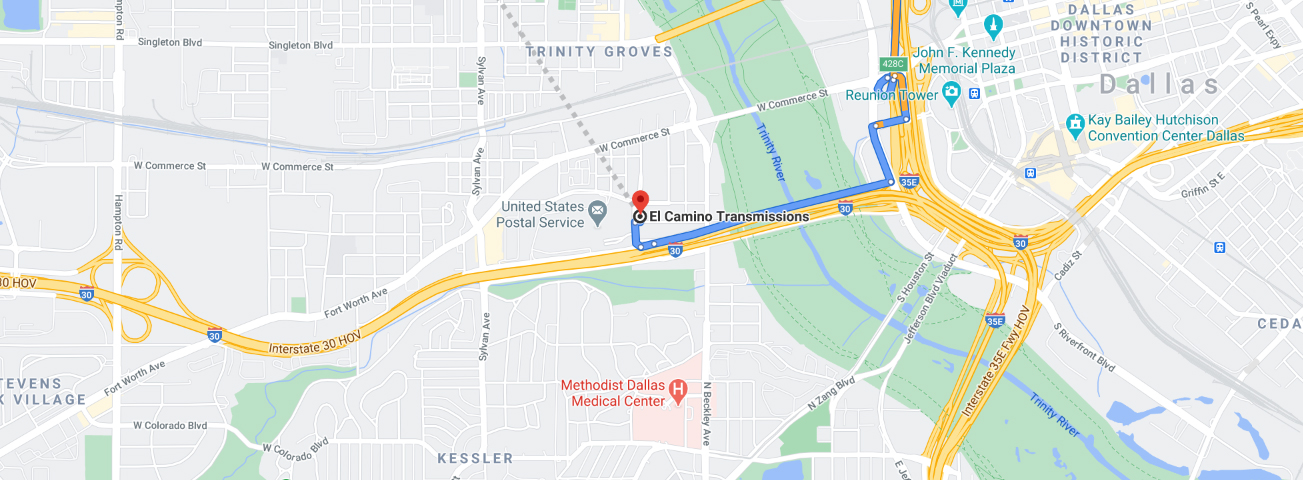Transmission Slipping: A Slippery, Slippery Slope
You’re on your way to Jerry’s Supermarket, the traffic light just turned green, you press on the gas when you notice there’s something wrong with your car. Your engine revs like normal, but your wheels aren’t turning as fast as you expected. You put on some more gas and the engine. As odd as it sounds, you probably don’t need to panic, not immediately at least. There are several reasons your transmission might be slipping, some of which you might even be able to fix yourself, but as we at El Camino Transmission see all too often, if left unchecked the problems can get out of hand fast.
Step 1: See the signs:
If you think there’s something wrong with your transmission, there are some key identifiers that should help you confirm your suspicions, keeping in mind that this will help you identify if there is a problem, not what the problem is. The easiest one is to check and see if the check engline light is on. If that’s on then, well, check your engine or have a mechanic check it for you. If you hear grididing and other concerning noises and start smelling something strange, those are two more good indicators. More specific to slipping transmission is if your car is showing high RPM while you’re driving— above 3500 is what’s considered unusually high—if your car wont accelerate as fast as normal, or if you find yourself unable to shift into reverse.
Step 2: Stop Driving
If you think your transmission is slipping, STOP DRIVING. It can be dangerous to drive when your transmission is slipping both for you and for your car. When you don’t have adequate control over how fast your car will go, it can make it dangerous for you to change lanes or even to go through intersections since people might not be able to tell that you’re trying to go. On top of that, your car can suffer considerable internal damage; while sometimes slipping gears is an cheap and easy fix, if you keep driving with a slipping transmission it will not be. Parts of the transmission can start to wear down and bits of it can even chip off and circulate to other parts of your car, which can cause damage in other places and in turn could harm you.
Step 2: Identify the Problem and the Solution:
Even if you don’t know anything about cars there are a few simple things that you can check for before calling a professional. An easy one to check is your transmission fluid (oil). Every car comes with a dipstick used for checking oil, so anyone can check to see if their oil levels are too low. If you have the right tools, changing your oil is something you could do yourself, although it’s generally better to have a professional handle it.If you check your oil and the oil on the dipstick is black instead of red and smells burnt, that’s because it is. Burnt transmission fluid is a lot like having no transmission fluid, but you’ll have to clean the engine with a degreasing solution before changing the oil.
If you check under your car and see pink fluid dripping out of it or if you see liquid soaked into your driveway just after you moved your car, the problem may be a bit more serious. Your transmission fluid might be leaking, in which case you will need to call a mechanic. Unlike simply changing your oil, you’ll need someone that knows their way around an engine to be able to spot and fix a leak. Some other causes include a worn out clutch or a faulty solenoid (one of the parts that starts your car), both of which are big enough problems that you will want professional help fixing it. While any car repair may seem expensive, it will end up being a lot more expensive if you keep driving with that slipping transmission.
When you have transmission questions in West Dallas, contact El Camino Transmission. We’re here to help.




